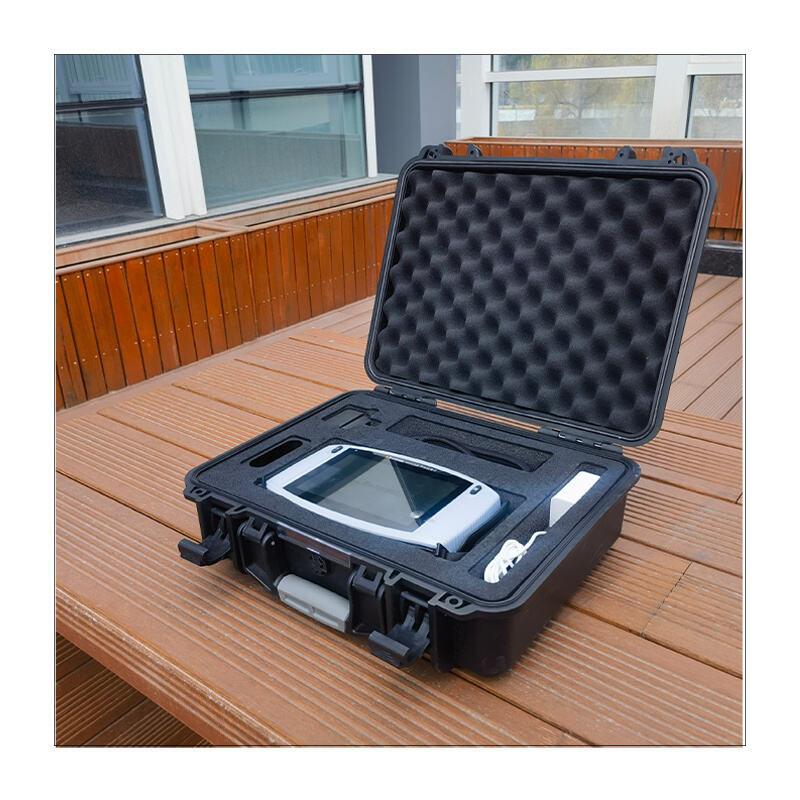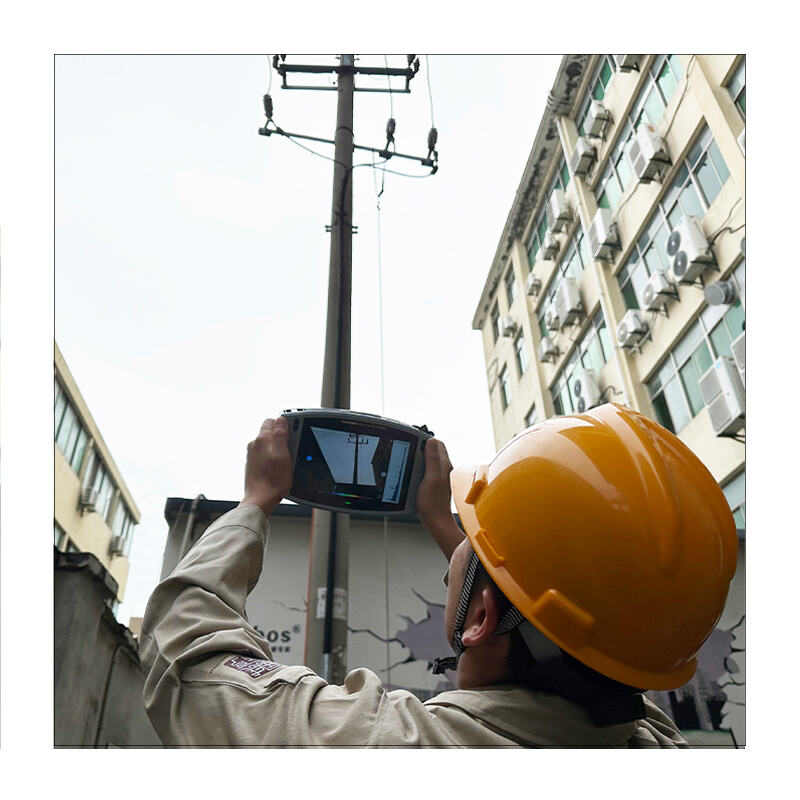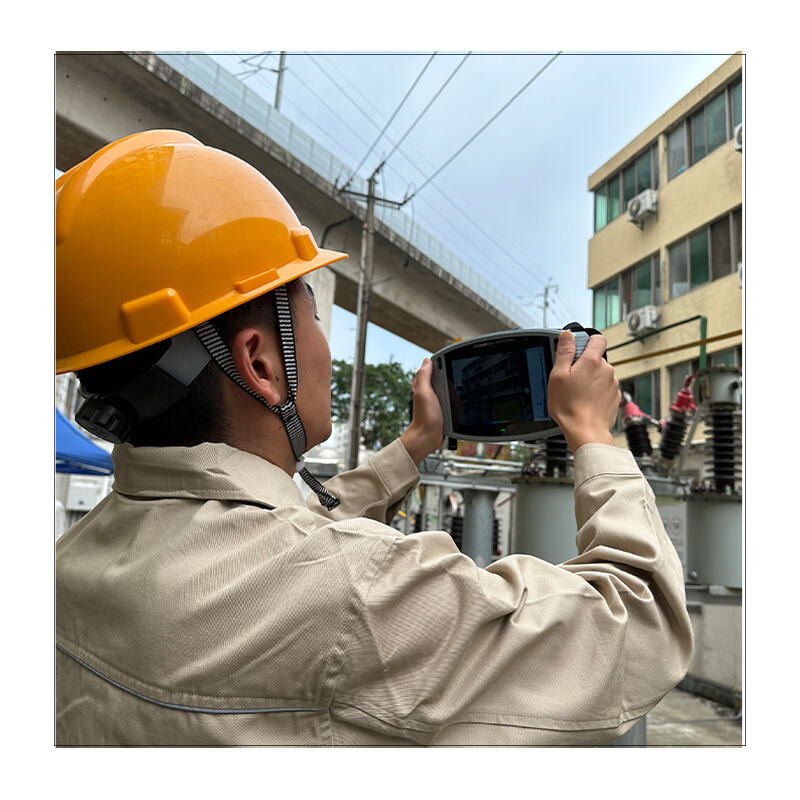 EN
EN
 EN
EN
Infrared thermal imaging is a really cool technology that lets you see things hot or cold that you cannot see with your eyes. The power to sense heat and temperature without touching anything, it's like superpowers! But first, some background on infrared thermal camera and how it can change our perception of the world.
The infrared thermal imaging works by detecting the heat emitted by objects in the form of infrared radiation. This radiation we cannot see, but infrared cameras can. These pictures turn heat into images visible to our eyes. The images represent various colors for various intensities of heat, which help us locate areas that are fiery or chilly and help them to be detected. It’s like having a special set of heat-vision glasses that allow us to peer through walls and inspect machines for cracks before the cracks become serious.

There are numerous careers that utilize infrared thermal imaging. Firefighters use it to find people in burning buildings by seeing their body heat. Electricians use it to look for wires too hot to prevent fires. Farmers utilize it to monitor how their crops are doing and discover pests or diseases early on. Doctors even use it to screen for certain diseases such as arthritis by taking the temperature in different tissue or body parts. This technology saves people time, money, and even lives.

In construction, in manufacturing plants, in farms, in healthcare facilities, infrared thermal imaging is changing the job. It aids workers in measuring temperatures quickly and accurately. Energy-efficient buildings with heat loss, rooftops and thermal bridges Building energy loss with rooftop Find heat loss in buildings Manufacturers can identify machines that aren’t operating properly before they fail, which saves money on repairs. Farmers can use it to improve irrigation and pest control to increase food production. Doctors can spot illnesses quicker, and treat them improved. Industries are getting safer and efficient with Tanbos infrared cameras

The science of infrared thermal imaging relates to the fact that all objects emit infrared radiation, which is0 related to their temperature. Infrared cameras have sensors that detect this radiation and convert it into signals that form thermal images. The different shades on each section of her image denote varying temperature in a well-defined map of where heat sits in the grid. Using these images, we can identify patterns and trends on how things get hot and cold. It’s like x-ray vision, except for temperature!